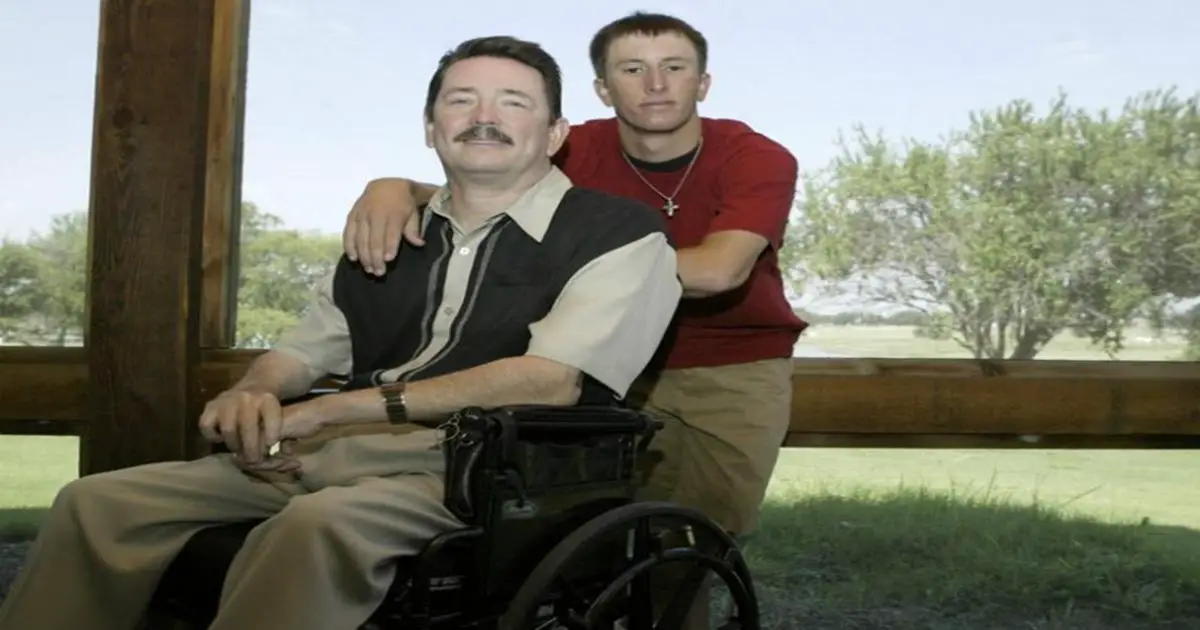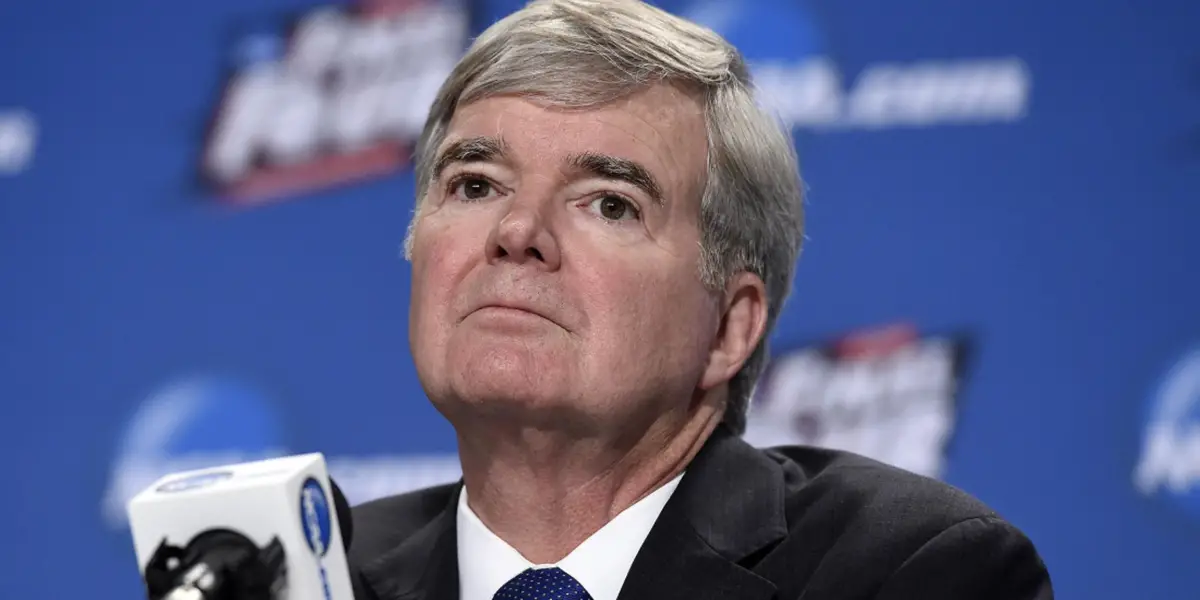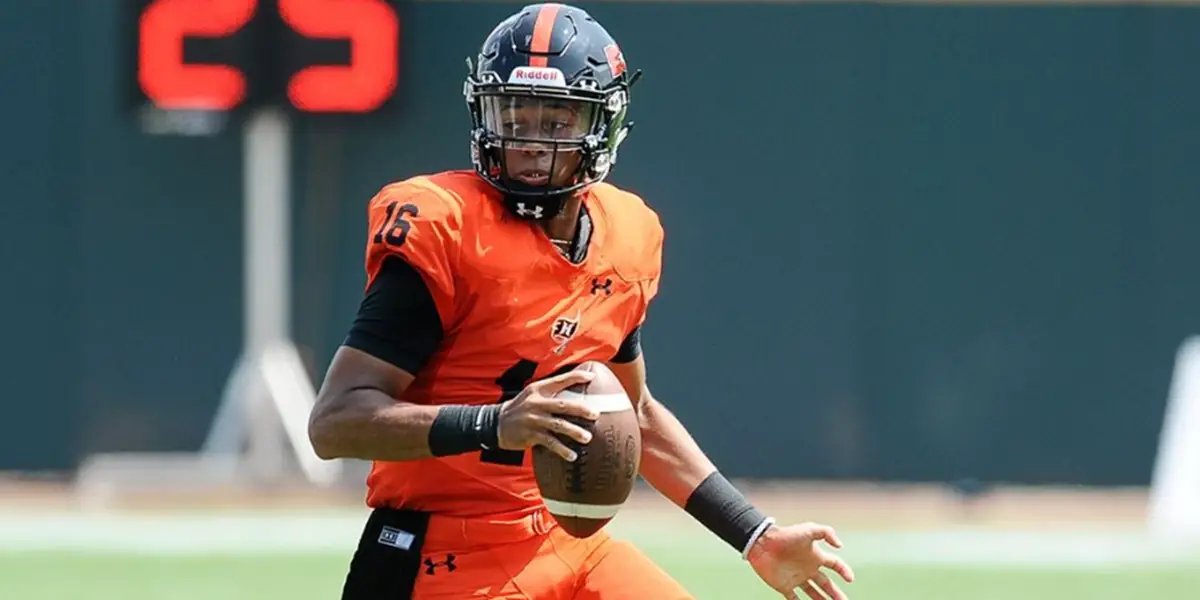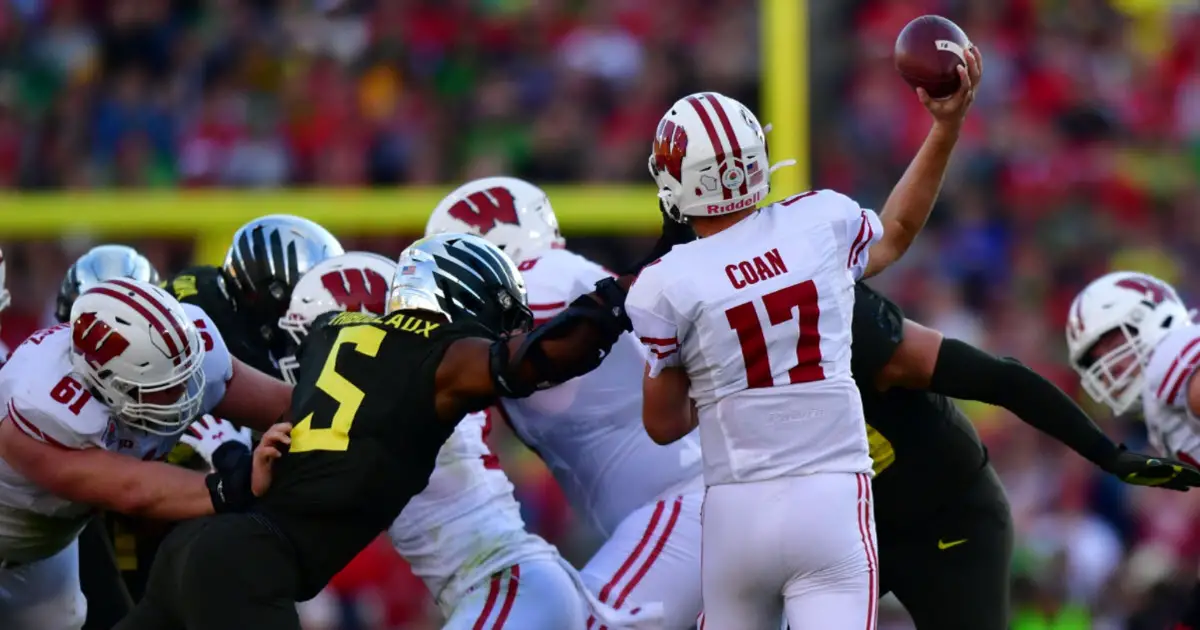There is a little known fact about the original Olympians: they were paid!
You read that right. These athletes were not “amateur” in the purist sense, and neither are today’s college athletes. The hard truth a lot of people don’t want to accept is that amateurism in college athletics is a myth, and, really, this isn’t a new argument.
However, some sports lovers aren’t even aware of how we got here in the first place. It’s important to understand the origins of amateurism and how it evolved into what it is today. Understanding this will make it easier to see why college athletes should be (and finally are being) compensated for the use of their name, image and likeness. This is a separate issue from player demands for a slice of conference revenue.
The Origins of Amateurism
The original Olympians were handsomely rewarded for their time and effort — to the tune of 500 drachma for winning an athletic competition. This was a sum so immense that an Olympian could live off it for the rest of their days. Other types of compensation included women, additional money and land. Additionally, athletes could also be paid using concert tickets, free meals for life and even tax exemptions. In the modern sense of the phrase, amateurism came into use during the return of the modern Olympics in 1896. According to the film Schooled, its purpose was to separate the lower-class and upper-class sporting experiences.
The version of amateurism adopted by the NCAA prior to its recent changes was invented in 1951 and put into practice by Walter Byers. The idea of the “student-athlete” was largely invented by Byers to avoid workers’ compensation claims like the one filed by former TCU running back Kent Waldrep in 1974, after he was paralyzed from the waist down by a hit sustained while playing the University of Alabama.

Former Texas Christian University running back Kent Waldrep.
In essence, the NCAA’s purpose, rather than simply to ensure the academic and athletic success of student-athletes, became that of a cartel, whose object was to keep the cost of athletes as low as possible (a college education and nothing else). Some have said, as was posited in an article on this site, that the athletes should be happy with what they get. While this sentiment is understandable, and a college education can be worth hundreds of thousands of dollars, colleges are making far more than that off the athletes’ labor.
The High Cost (and Profits) of College Athletics
Athletes place their bodies and even their lives at risk. Examples range from players dying due to the flying wedge, to Willis McGahee’s knee injury against Ohio State in the 2003 National Championship, to Alabama’s Tyrone Prothero nearly losing his leg to an injury in a game against Florida in October 2005. To make matters worse, colleges are not obligated to carry medical insurance for student athletes. Rather, the parents’ insurance is considered the primary insurance.
It’s not surprising, then, that athletes are asking for a piece of the pie. And it’s a very lucrative pie, indeed. In 2019, the NCAA recorded a revenue of $867 million (Statista.com) after recording over $1 billion in profit in 2016 (ESPN.com). It’s true that overall revenue isn’t the same as overall profit, but the point is that a lot of money is being made off these athletes. Colleges make billions in tickets sales, donations, T.V. contracts, corporate sponsorships, licensing and merchandise (approximately 12.6 billion in 2013).

NCAA president Mark Emmert has finally agreed to let athletes use their name image, and likeness.
The NCAA is fully aware of its role as a farm system for the professional leagues, and there can be little doubt that it has used that position to its advantage. Since 2006, the last year a player could enter the NBA out of high school, a total of three U.S.-born athletes in basketball and football combined have made it to the pros without first attending college. In announcing its decision to allow student athletes to profit off their name, image and likeness (NIL) just like any other student, Mark Emmert and the NCAA finally began to release its choke-hold on them.
Going Pro in College
The benefit of this system is that it allows athletes to receive compensation for their skills by virtue of capitalizing on their names, images and likenesses without placing the NCAA or athletic department budgets at risk. Professor Gabe Feldman, who has done extensive research on this topic, discussed this concept well before the NCAA adopted a nearly identical model to his proposal. It’s worth highlighting that, even prior to these changes, the NCAA had a way for college athletes to go pro, provided it wasn’t in the sport they were going to school for.

Ashford is a dual threat quarterback who could possibly play baseball.
One such example is that of Drew Henson signing a multi-million dollar contract to play baseball for the New York Yankees’ minor league team while playing football at Michigan. Another is that of former Florida State quarterback Chris Weinke getting the chance to earn $400,000 while playing for the Toronto Blue Jays’ minor league affiliate. One final example from the University of Oregon itself is that of dual threat quarterback Robby Ashford. Ashford is a new recruit who has not played professional baseball, but could possibly do so, much like former University of Oregon quarterback Dennis Dixon.
Admittedly, the system is not perfect, and there will be flaws. Some athletes might make more than others, which could create tension. Even with these shortcomings, at least student athletes now have the same freedom that their non-athletic counterparts have. What the debate over college athletes getting paid is really about, beyond the fame, the money and the accolades, is the opportunity to be heard.
It’s about equality of opportunity, not necessarily equality of outcome.
Brandon Viall
Missoula, Montana
Top Photo by Tom Corno
 Andrew Mueller, the FishDuck.com Volunteer Editor for this article, works in higher education in Chicago, Illinois.
Andrew Mueller, the FishDuck.com Volunteer Editor for this article, works in higher education in Chicago, Illinois.
Related Articles:
Oregon Enters Playoffs Better Off Than Last Year
Will The Coaching Carousel Kill Oregon's CFP Chances?
The Playoff Formula Hasn't Changed
Oregon Aims to Bury Dawgs, Punch Playoff Ticket in Rivalry Clash
Huskies Are the New Beavers, Stay In Your Lane Kiffin, and the Civil Apple Cup War
Oregon Football: The X-Factor Vs. Washington

Brandon Viall was born in Billings, Montana, but has lived in Missoula Montana for most of his 41 years. Brandon graduated from the University of Montana with a bachelor’s degree in English Education in 2003, and a master’s degree in Sports Marketing and Management from Washington State University in 2020.
Brandon is an avid reader of all subjects ranging from science to sports. When not following sports, Brandon is a huge movie buff, gamer, traveler (24 states and London) and writes poetry. In the sports arena, Brandon’s primary focuses are national issues affecting sports, including the NFL and NCAA, along with community outreach and sports.

